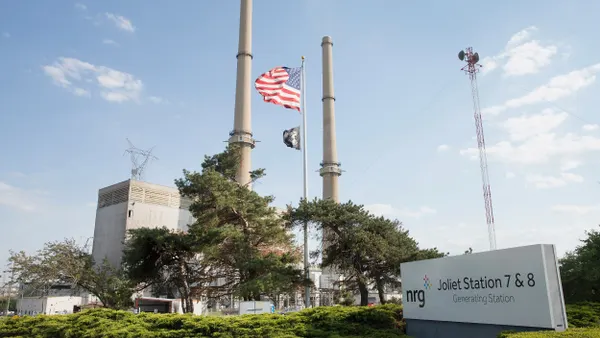Dive Brief:
- ISO New England reports that its six-state transmission system is at risk of failing customers because the region’s increasing dependence on natural gas may not be met by existing pipeline and liquefied natural gas (LNG) storage capacity.
- The regional grid operator’s 2015 Regional Electricity Outlook describes innovations and efficiencies that allow for increased penetrations of renewables and distributed generation but finds electricity delivery reliability, cost standards, and emissions reductions targets may not be achievable without adequate natural gas generation to balance the system.
Dive Insight:
Natural gas provided 44% of ISO NE’s electricity supply in 2014, up from 15% in 2000, while coal and oil together fell from 40% of the mix to 6%. At the same time, renewables only grew from 8% of the ISO NE generation mix to 9%.
The shift in supply from coal and oil to gas was driven by the availability of low cost natural gas from the nearby Marcellus Shale's abundant supply, but increased demand has compromised local distribution companies’ ability to deliver.
Though the regional market offers increased incentives to invest in pipeline infrastructure, they have so far proven inadequate. A major pipeline outage could compromise “thousands of megawatts of generation,” according to the Outlook.
“The region is traversing uncharted territory between the grid of the past and the grid of the future,” the Outlook reports. The drivers that are “most dramatically affecting the performance of power system resources and grid reliability” are natural gas infrastructure constraints, power plant retirements, and integration of renewables.
To maintain the region’s reliability, it is critical the three “interrelated challenges” be addressed, according to the Outlook. However, the ensuing challenge is that ISO NE’s efforts to address them through adjustments to operations, markets, and system planning are putting upward pressure on wholesale electricity prices.













